In our new infographic, we explore how voluntary disclosure is mobilizing business action on SDG6 and the achievement of a water-secure future.
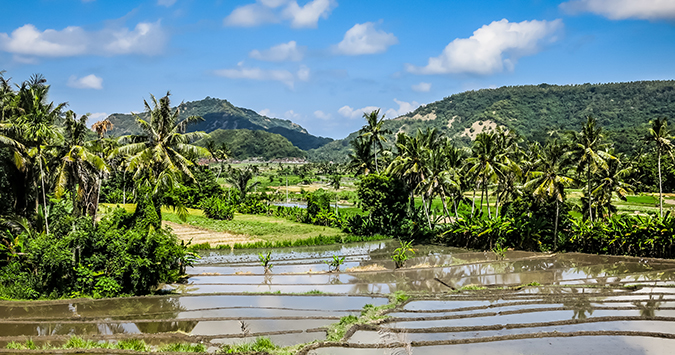
Flowing through every part of our economy, water is a fundamental necessity for lives and livelihoods.
Access to safe, resilient water supplies is essential to economic prosperity, health and development, not to mention to environmental sustainability.
Yet, word from the UN’s High Level Political Forum is that the world is far from on track to achieving our water goals.
Water risk is growing globally
Today, more than 2.1 billion people lack access to safely managed drinking water, while over half the global population – about 4.5 billion people – lack access to proper sanitation services.
More than a third of the global population is affected by water scarcity, yet we continue to manage water inefficiently across all sectors and some 80% of wastewater continues to be discharged untreated, adding to already problematic levels of water pollution.
Competition for the world’s finite amount of freshwater is rapidly increasing.
At the current rate, the situation, exacerbated by climate change, could cost some of the world’s regions up to 6% of GDP by 2050, spur migration, and spark conflict.
But with better policy decisions, many of these negative impacts could be reduced. In fact, some regions could even see growth rates rise 6% through better water resource management.
Water and the Sustainable Development Goals
When more than 150 world leaders adopted the Sustainable Development Goals in 2015, they recognized water as a fundamental pillar of future development.
Achieving SDG 6 - the global goal to ensure the availability and sustainable management of water and sanitation for all – is not only a goal in and of itself; delivering this Goal is essential to meeting all the other Global Goals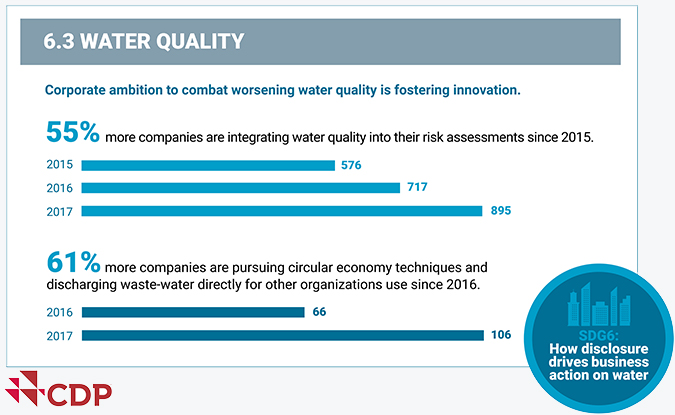
Water underpins our food and energy systems; access to clean water supplies are vital for our health and well-being; and water security is essential for our cities to thrive.
As the population grows, the demand for water will only increase.
The role of the private sector
Global businesses, including those involved in the production of food, energy, chemicals, metals and medicines, have a significant role to play in achieving SDG6.
Not only do they employ a vast proportion of the global workforce, but they are also breeding grounds for the creativity and innovation needed to generate the solutions to deliver a water secure world.
With three in every four jobs globally dependent upon a stable supply of water, there is a clear economic imperative to act.
To succeed, companies responsible for the greatest impacts upon water resources, must recognise that water is a fundamental asset to their business.
They must transform their business models in ways that decouple production and consumption from the depletion of water resources and work together with governments and communities alike, to enhance sustainable water management within the river basins upon which they depend.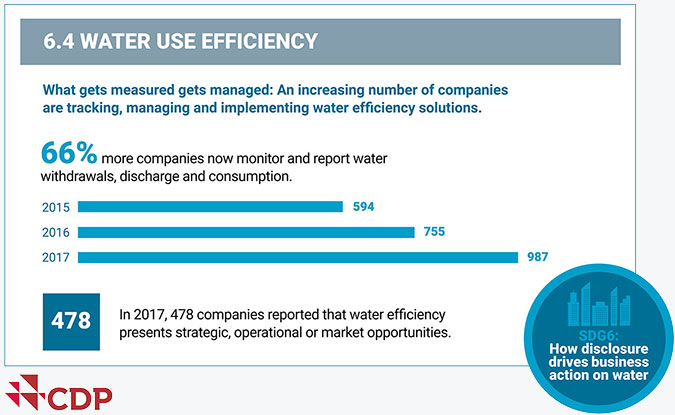
They must transition away from traditional forms of water management towards new and inventive approaches to water stewardship.
Companies leading the way
Many companies are already rising to this challenge. Today some 2,000 of the world’s largest companies measure, manage and report their water risks and impacts through CDP – up from 1,200 just 3 years ago.
And, for many, this measurement is leading to greater management.
Since 2016 we’ve seen a 61% rise in the number of companies looking at circular economy techniques to improve water quality, while 75% more companies are considering access to water, sanitation and hygiene in water risk assessments compared to 2015.
Take for example biotechnology company, Biogen. It distributes wastewater from its manufacturing process to other organisations for further treatment or reuse as a fertilizer. Whilst Beverage company, Diageo and other 47 businesses have signed the WASH at the workplace Pledge and set a target to provide 100% of its employees with access to appropriate standards of water, sanitation and hygiene.
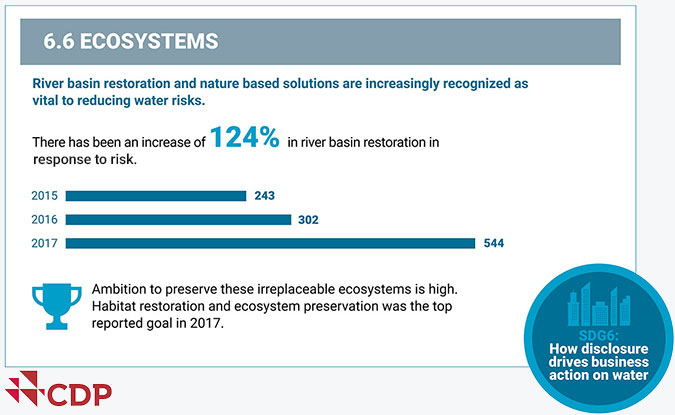
Those taking early action have already reaped the benefits.
Paper products company, Metsä Board has saved an estimated US$4.5 million and cut energy use by 28.9 GWh per year by reducing water consumption.
Tracking progress towards SDG6
The scope for innovation is unlimited and the value that is currently on the table is exciting.
Transitioning to water smart business models is a golden opportunity.
As droughts, floods and declining freshwater ecosystems become the new ‘norm’, businesses should do all that they can to drive the transition to a water secure future, enhancing their social license to operate, building credibility and cutting costs in the process.
This includes reducing dependence upon freshwater resources, eliminating pollution and working in partnerships to enhance the landscapes upon which they depend.
While there are a growing number of businesses now embarking on this transition, the pace and scale of change is insufficient to deal with the challenge.
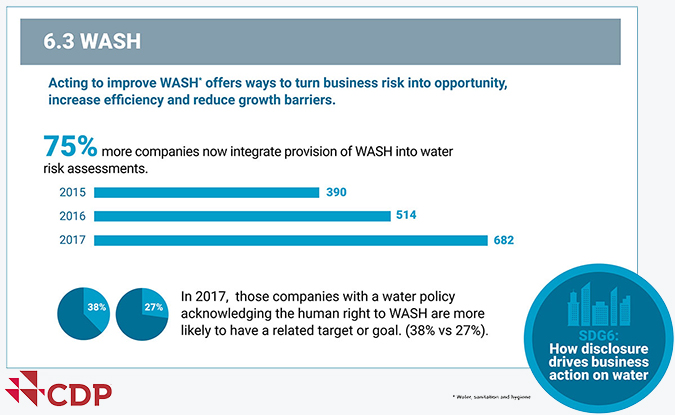
The Sustainable Development Goals put water security under the international spotlight but if they are to be achieved we need robust data on both the current landscape and where we are going.
Disclosure from global businesses, being demanded by investors and purchasers, can offer this mapping, while also providing unique incentives for change by driving transparency of, and accountability for, water action. It can help ensure investment, procurement, lending and policy practices drive improvements in water security.
A water secure world is possible. Together we can realise this future.
View the full infographic here.
For further information on how to access and gain insights from CDPs data please send an email of enquiry to [email protected]
